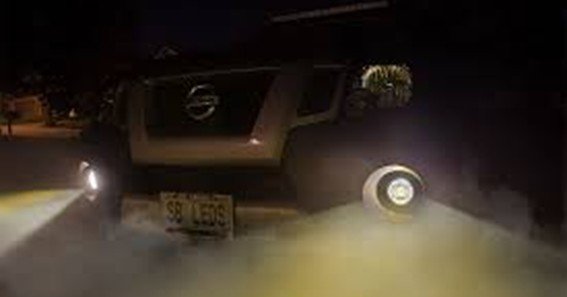Fog lights are essential for safe driving in low-visibility conditions, providing illumination close to the road surface. However, encountering issues where fog lights short out can be both frustrating and hazardous. Understanding the potential causes of these electrical problems is crucial for effective troubleshooting and repair.
Common Causes of Fog Light Short Circuits
- Damaged Wiring: Exposed or frayed wires can create unintended pathways for electricity, leading to short circuits. Regular inspection of the wiring harness, especially near the fog lights, can help identify areas where insulation may be compromised.
- Blown Fuses: A sudden power surge or short circuit can cause the fog light fuse to blow, rendering the lights inoperative. Replacing the fuse may temporarily restore functionality, but it’s essential to address the underlying cause to prevent recurrence.
- Faulty Switches: The fog light switch, especially in multi-function assemblies, can wear out or malfunction over time. A defective switch might cause the fog lights to remain on continuously or fail to operate altogether.
- Corroded Connectors: Moisture ingress can lead to corrosion in the connectors, disrupting the electrical flow and potentially causing shorts. Ensuring that all connections are clean and secure is vital for reliable fog light operation.
- Improper Grounding: A poor ground connection can cause electrical issues, including short circuits. Verifying that the fog light system has a solid ground can help prevent such problems.
Diagnosing Fog Light Electrical Issues
To effectively troubleshoot fog light problems:
- Visual Inspection: Examine the wiring, connectors, and housing for signs of damage, wear, or corrosion.
- Fuse Check: Inspect the fog light fuse for signs of blowing or damage. If a replacement fuse also blows, it indicates a deeper electrical issue.
- Switch Testing: Operate the fog light switch to see if it functions correctly. If the lights fail to respond or behave erratically, the switch may need replacement.
- Ground Verification: Ensure that the fog light system has a proper ground connection to prevent electrical anomalies.
Preventative Measures
- Regular Maintenance: Periodically check the fog light system for signs of wear or damage.
- Protective Measures: Use protective coverings or sealants to shield wiring and connectors from moisture and debris.
- Professional Assistance: If you’re uncertain about diagnosing or repairing electrical issues, consult a qualified automotive electrician to ensure safety and accuracy.
FAQs
1. What causes fog lights to short out?
Common causes include damaged wiring, blown fuses, faulty switches, corroded connectors, and improper grounding.
2. How can I prevent my fog lights from shorting?
Regularly inspect and maintain the fog light system, protect components from moisture, and ensure all connections are secure and corrosion-free.
3. Why does my fog light fuse keep blowing?
A repeatedly blown fuse often indicates a short circuit, possibly due to exposed wiring or a malfunctioning component.
4. Can a faulty switch cause fog lights to malfunction?
Yes, a defective fog light switch can lead to issues such as lights not turning on or remaining on continuously.
5. Should I consult a professional for fog light electrical issues?
If you’re not experienced with automotive electrical systems, it’s advisable to seek professional assistance to ensure accurate diagnosis and safe repairs.










